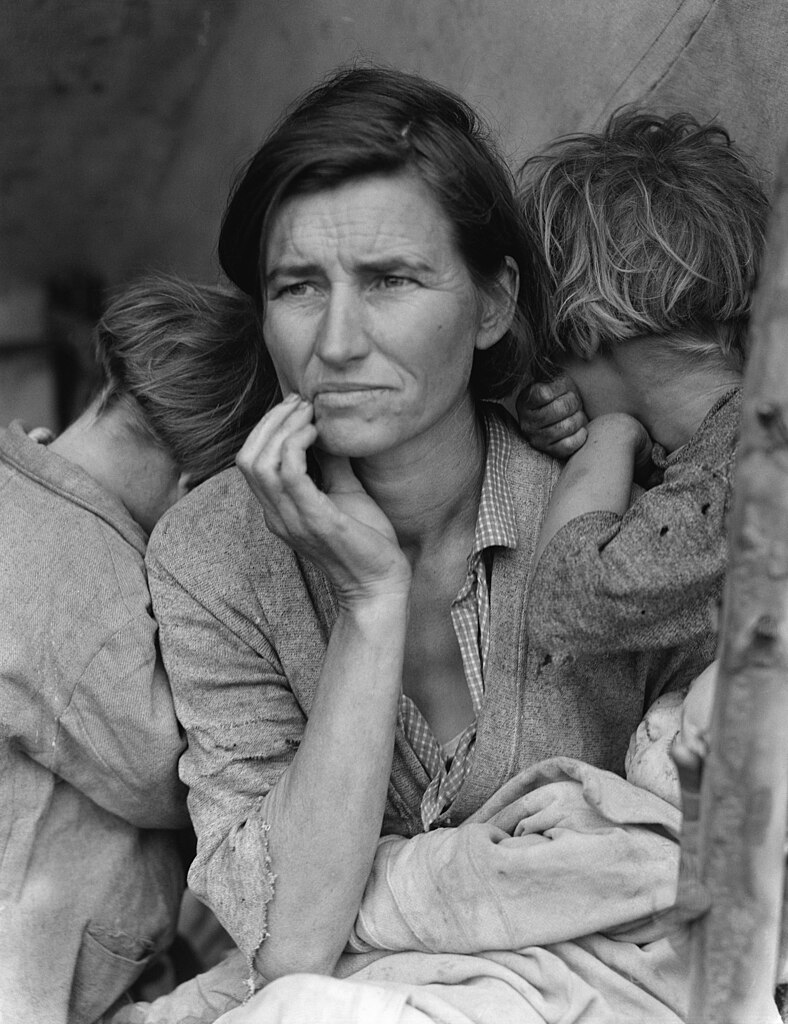The Washington Monument. Mount Rushmore. The Lincoln Memorial. The Statue of Liberty.
They’re the monuments Americans grow up learning about and forming their American identities over. But why? Lawrence Vale answers this question of representation through monuments in his book “Architecture, Power, and National Identity.” In it, he claims that “reassuring civic messages and discomforting authoritarian ones engage in a kind of cognitive coexistence” in national monuments. These monuments are emblematic of American life because they embody both power and diplomacy. For example, the Statue of Liberty reminds onlookers of an alliance with France and freedom for all, which would constitute as a reassuring civic message. However, this monument can also be construed as a declaration of power over other nations. In this country, freedom reigns, and the statue firmly sits upon the idea that discriminatory ideals of other nations are left at the harbor. In other words, liberty reigns above all, and other countries are powerless to stop it.

The Statue of Liberty
Looking into the meaning behind any popular historic monument will yield similar analyses, but these same principles also apply present-day structures. Some of the most archetypal examples of building for power in contemporary society can be found right here on campus. The most obvious example is the UT tower. This tower in particular sits an inch above the Capitol building, demonstrating pride and power over not only other universities, but also the state of Texas itself. In class, we talked about how towers are phallic, representing boldness and pride, which is exactly what the UT tower does through its stature.

The UT tower, like many monuments (such as the Washington Monument), uses a phallic design to evoke a sense of power.
More recently, the bridge that links the communications buildings carries these same messages of pride, and reassurance that Hale writes about. This massive structure beautifully glimmers during the day and illuminates at night, announcing the entrance to the University. However, the bridge itself serves almost no practical purpose. In order to find the entrance, students must climb to the second floor of an arbitrary building. The bridge then deposits students on the third floor of another random building that opens into an elevated plaza. Given that there’s a much more direct crosswalk right underneath the structure, the bridge would only be useful for a select few students that just happen to have back to back classes in the respective buildings that the bridge connects. This in itself proves that even many of today’s structures are built primarily with ideas of power and “reassuring civic messages,” as Vale asserts.

The bridge announces to prospective students that the University will help ‘bridge’ the gap between the present and the future, but it also represents wealth and beauty: two major contributors to power.
